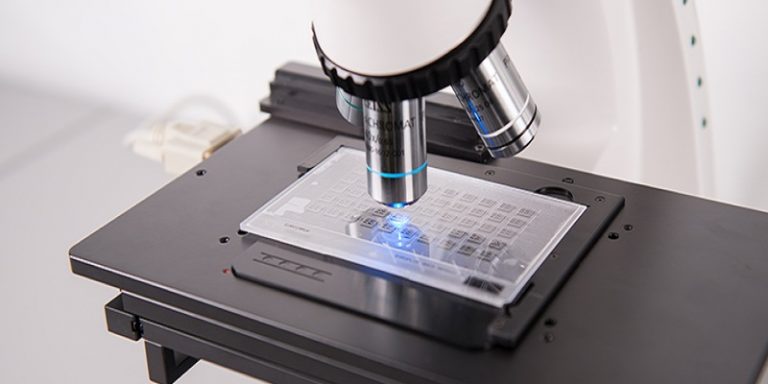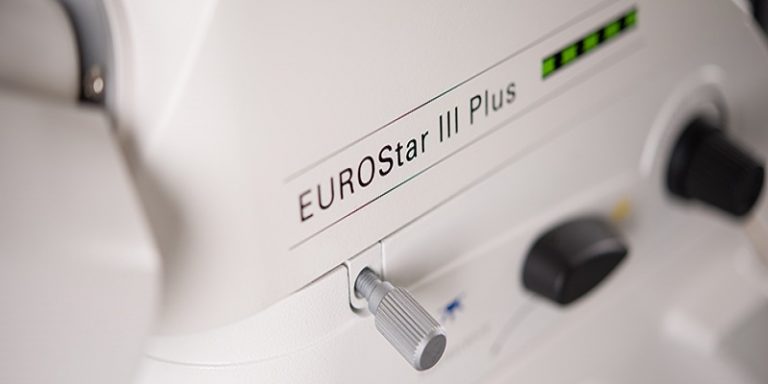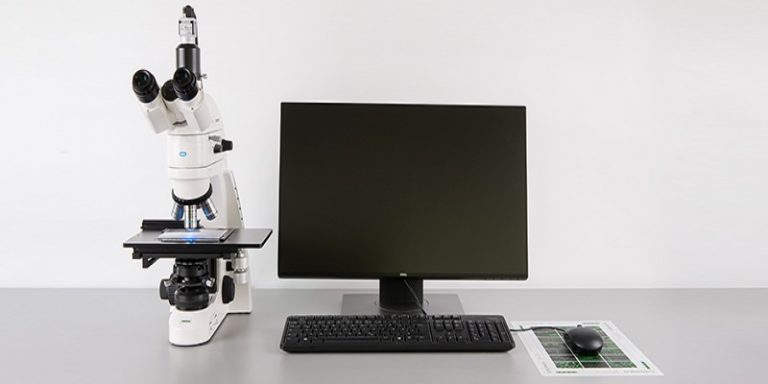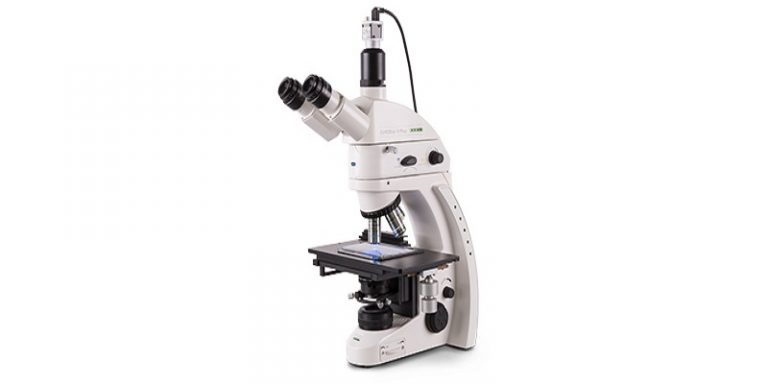Immunofluorescence
- Home
- Lab Sections
- Clinical Diagnostic Sections
- Immunofluorescence
Immunofluorescence (IF) is one of the immunoassays techniques that was first coined by Coons et al in 1941. This method uses antibodies or antigens labeled with fluorescent material to determine the position of antigens and antibodies in tissue sections. Fluorescence materials used as markers in this assay include fluorescein isothiocyanate (FITC), phycoerythrin (PE), rhodamine B (RB), and Texas red (TX Red).
These fluorescence markers are emitted by UV light and their surface orbitals electrons are transferred to a layer higher than their original orbitals. When the light source is cut off, the excited electrons return to their original layer, releasing their excess energy in the form of light. This light can be seen and measured by special devices.
Payvand Clinical & Specialty laboratory, using the immunofluorescence (IF) technique, with the assistance of highly qualified personnel in the field, performs a wide range of tests with high accuracy and specificity to the respected physicians. Experiments performed with IF transplantation in the laboratory includes ANA, ANCA, dsDNA, cANCA, pANCA, ASMA, AMA, and many specialized tests in the fields of rheumatology and immunology.
Important indicators of IF section are:
- Implementation of quality management system in accordance with national and ISO standards (10002 + ISO 9001)
- Continuous monitoring of the quality of testing with regard to internal and external quality control (in some cases)
- The speed of the tests is based on the immunofluorescence technique, so that in emergency cases the test time is less than 24 hours.
- Employees with at least a master’s degree in related fields with the necessary knowledge and experience
- Applying world-class equipment and technology







Follow us in